How to make a bug hotel

Giving bugs and creepy-crawlies a home by making a bug hotel is a fun project and a great way to understand how they help us grow plants.
Bugs and 'minibeasts' are great for the garden. Insects pollinate our flowers so they can make seeds to grow new plants - and they're a good food source for birds and small mammals.
Bugs are also brilliant mini recyclers. They help to turn decaying matter like leaves into nutrients that enrich the soil and in turn helps plant grow.
You'll probably be pleased to know, that if you'd like to welcome bugs into your gardenit helps if it isnt too tidy.
But you can also build a mini or deluxe bug hotel out of recycled materials and watch the creepy-crawlies move in.
You can make a very simple bug hotel by filling a terracotta plant pot with short sections of hollow stems (like bamboo). Lay it on its side somewhere that is sunny but sheltered, and wait for the bugs to arrive.
To make a bug hotel you will need:
Some building materials such as:
GoodtoKnow Newsletter
Parenting advice, hot topics, best buys and family finance tips delivered straight to your inbox.
- Old pieces of wood
- Straw, moss, dry leaves
- Old terracotta pots, or roof tiles, bricks
- Logs, pine cones, bamboo canes
- Bark, woodchips, sand or soil
- Cardboard tubes, or corrugated cardboard
- Roofing felt, if available
How to build a bug hotel:
A grown up will need to help build a mini hotel structure like this...
- First, think about where to put your bug hotel. You need a flat space to put it on, and a sheltered spot would be good. Different insects will move in depending on whether it’s sunny or shady, so you may decide to make two small hotels rather than one big one.
- The, start by making a sturdy structure. Think about how to best use your materials to make a hotel with several ‘floors’. Flat sheets of wood, supported on bricks, are an easy option.
- Remember to put a roof on the top to keep out the rain. If you have roofing felt then fix that on as the top layer. You may need a hammer and nails, and an adult to help. Old roof tiles are another option.
- Once you’ve built the outside of your hotel, it’s time for some interior decorating! The idea is to create as many different nooks and crannies as you can, using different materials, to attract different bugs. You could stuff a section with straw or dry leaves, or cram it full of hollow stems like bamboo canes.
Can you fill a cardboard tube with moss, or roll up corrugated cardboard nice and tight? Some bugs like to burrow, so try filling an old plant pot with sand or soil and see what moves in.
It will take a while for the first guests to arrive, but keep checking so that you can see what is living in your hotel.
Can you name all of the bugs and creepy-crawlies? Maybe you could draw pictures of them and keep them in a guestbook for your bug hotel.
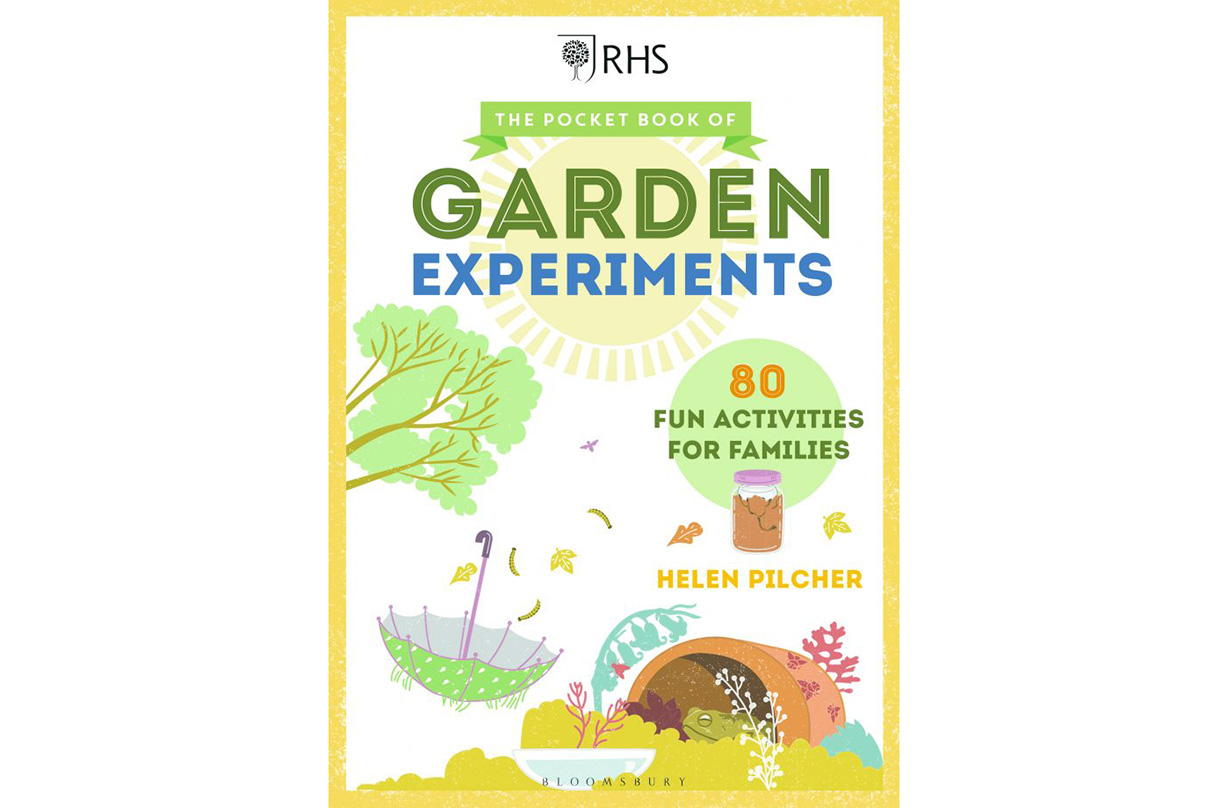
Adapted from The Pocket Book of Garden Experiments by Helen Pilcher, published by Bloomsbury in association with the RHS.
The books has heaps more brilliant projects for families.
-
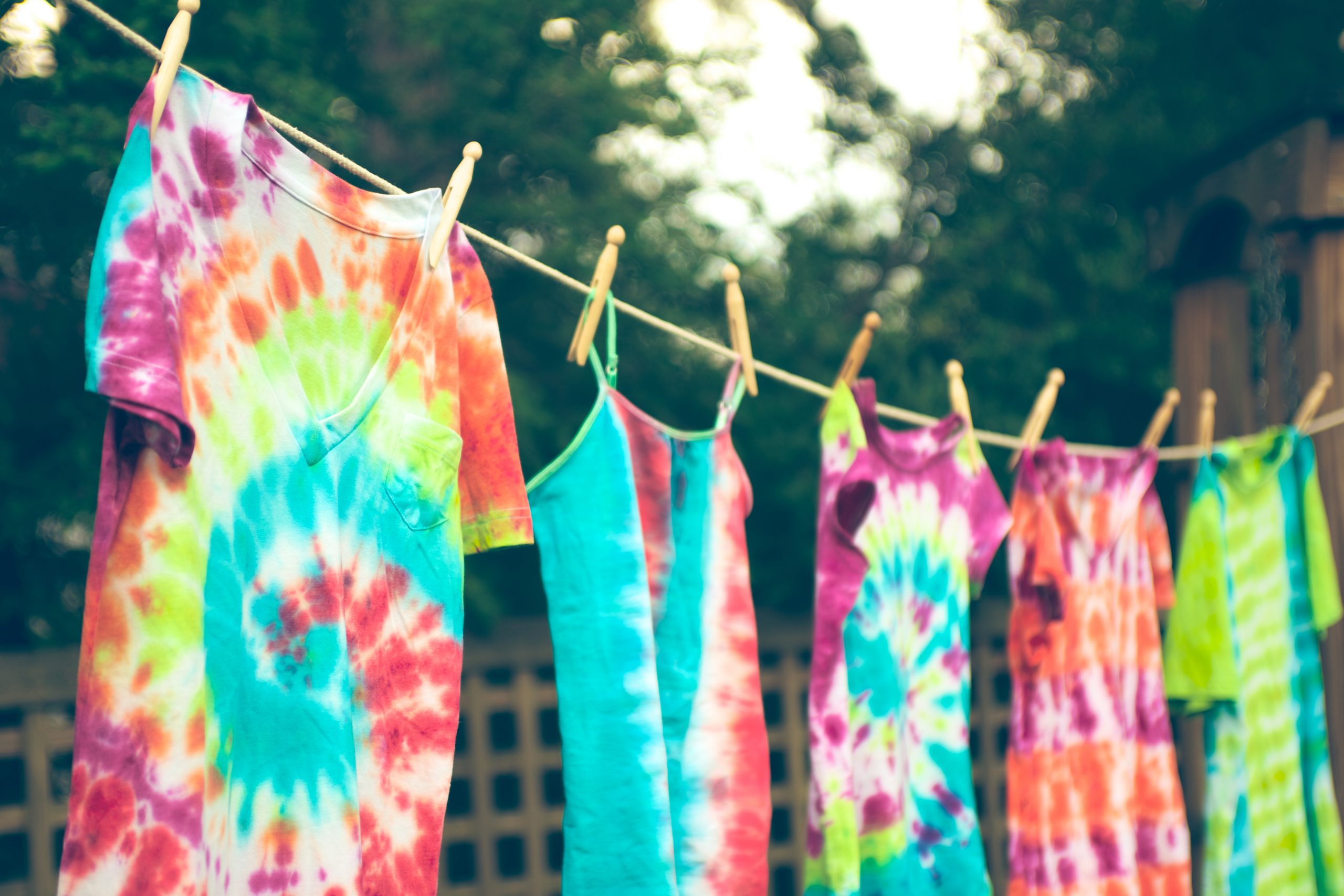 How to tie dye t-shirts: Step-by-step instructions on how to tie dye
How to tie dye t-shirts: Step-by-step instructions on how to tie dyeBy Esme Clemo Published
-
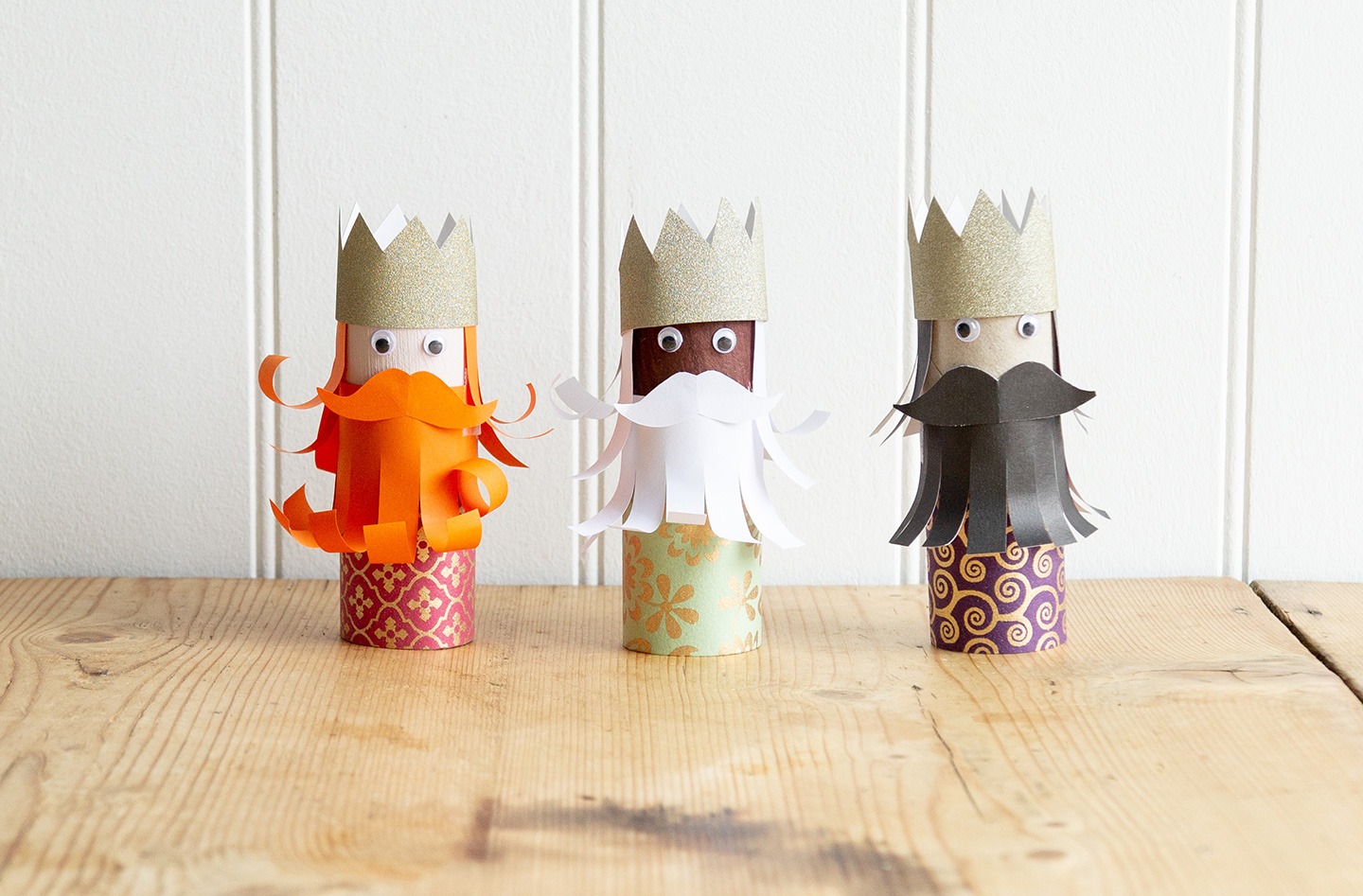 How to make the three kings from toilet roll
How to make the three kings from toilet rollCreate your very own homemade nativity, including these festive three kings from leftover toilet rolls
By Esme Clemo Published
-
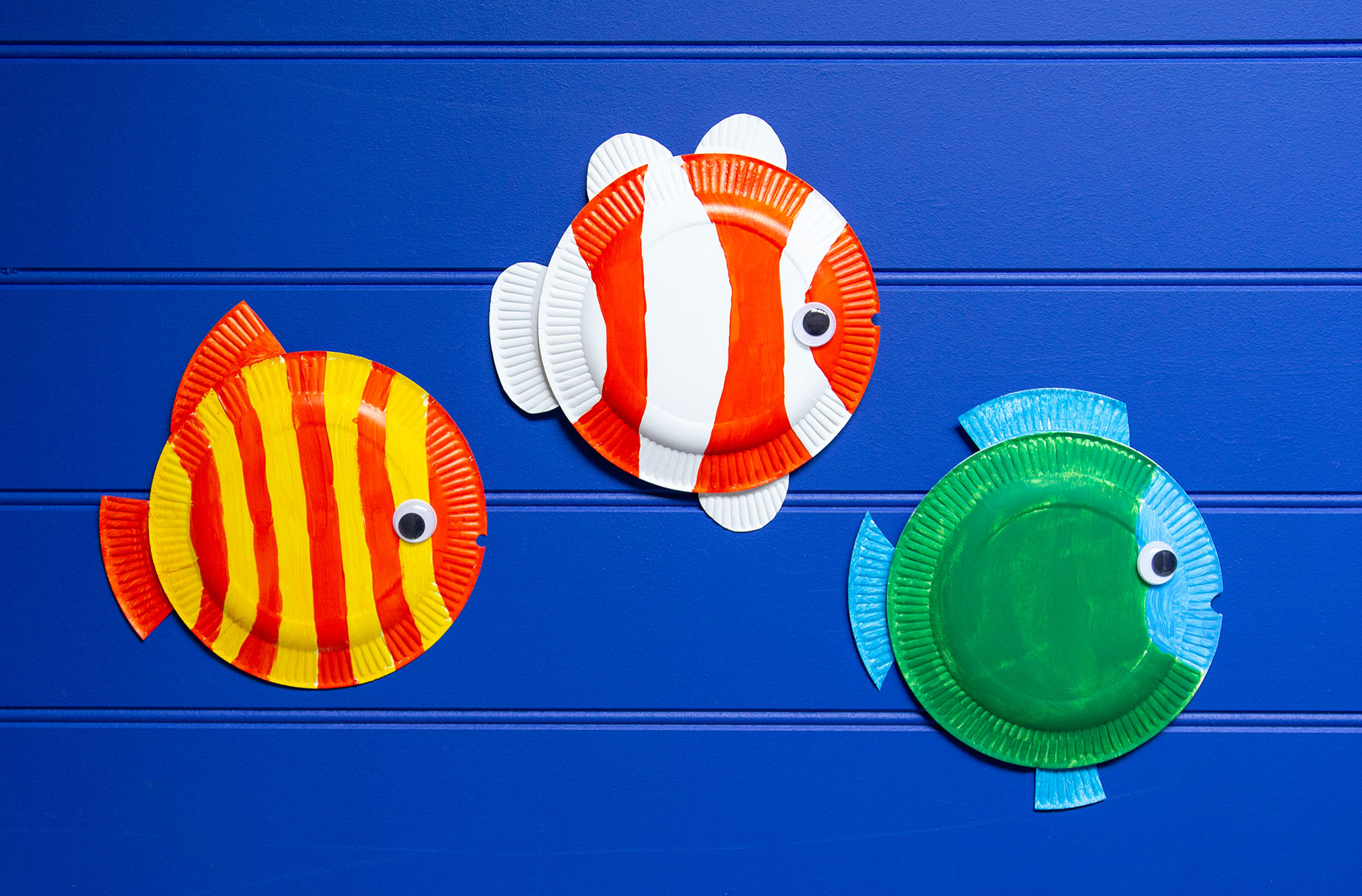 How to make under the sea crafts
How to make under the sea craftsKids will love learning how to make these under the sea craft projects from paper plates, yarn, shells, pipe cleaners, and some googly eyes
By Esme Clemo Published
-
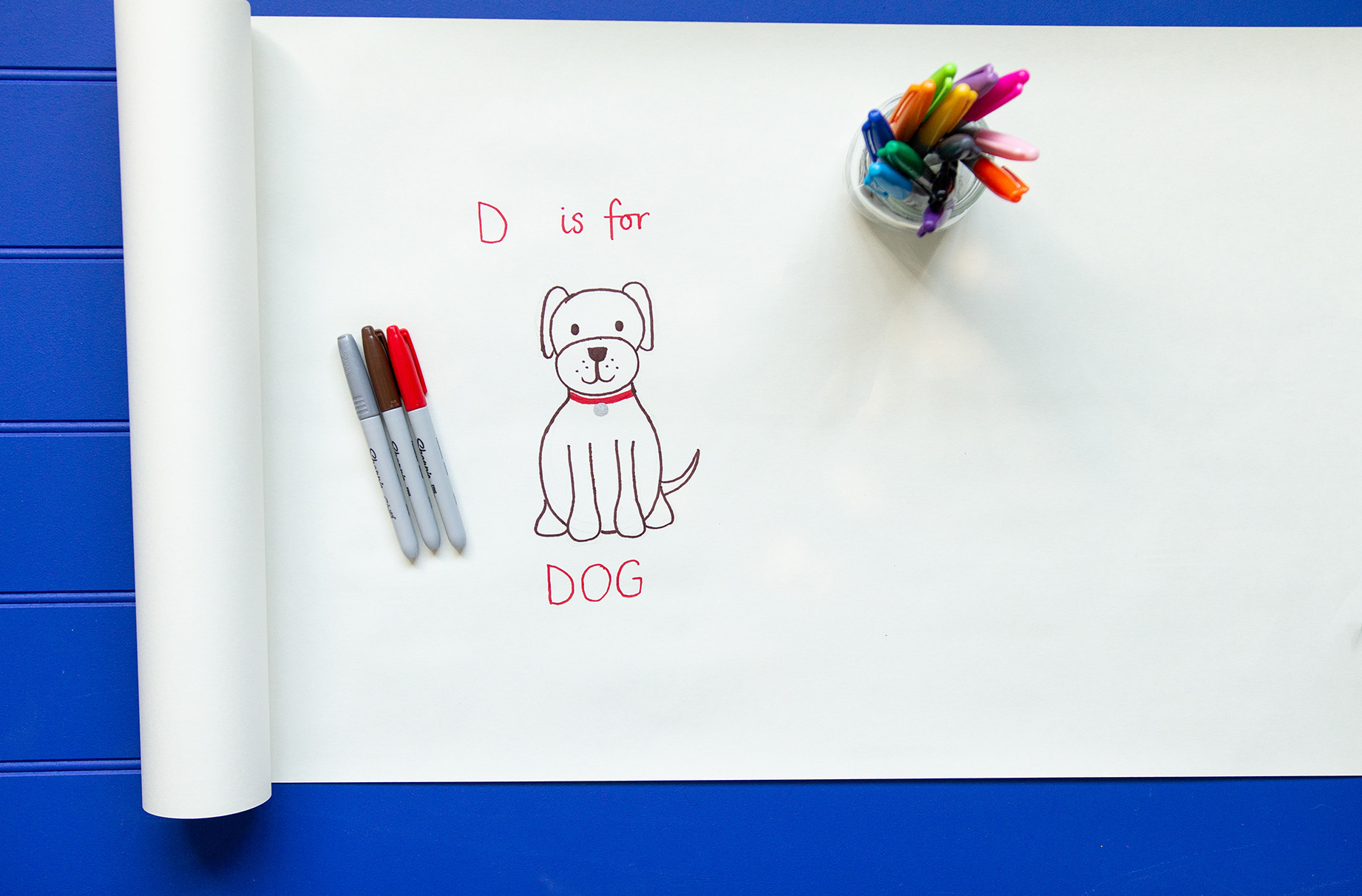 How to draw a dog
How to draw a dogDrawing dogs and other animals is easy with our step-by-step picture guide
By Esme Clemo Published
-
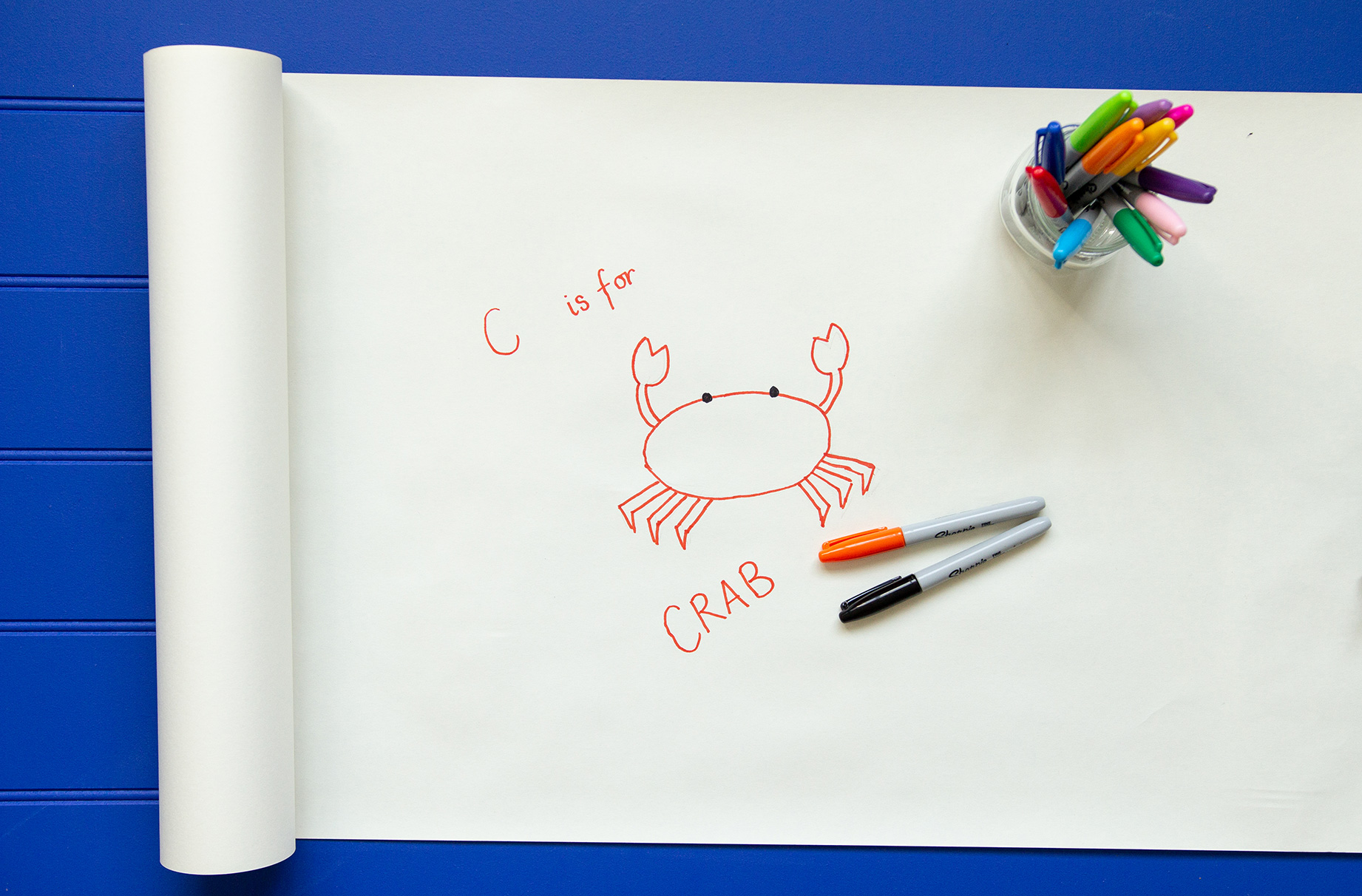 How to draw a crab
How to draw a crabLearning how to draw crabs is so easy when you know how
By Esme Clemo Published
-
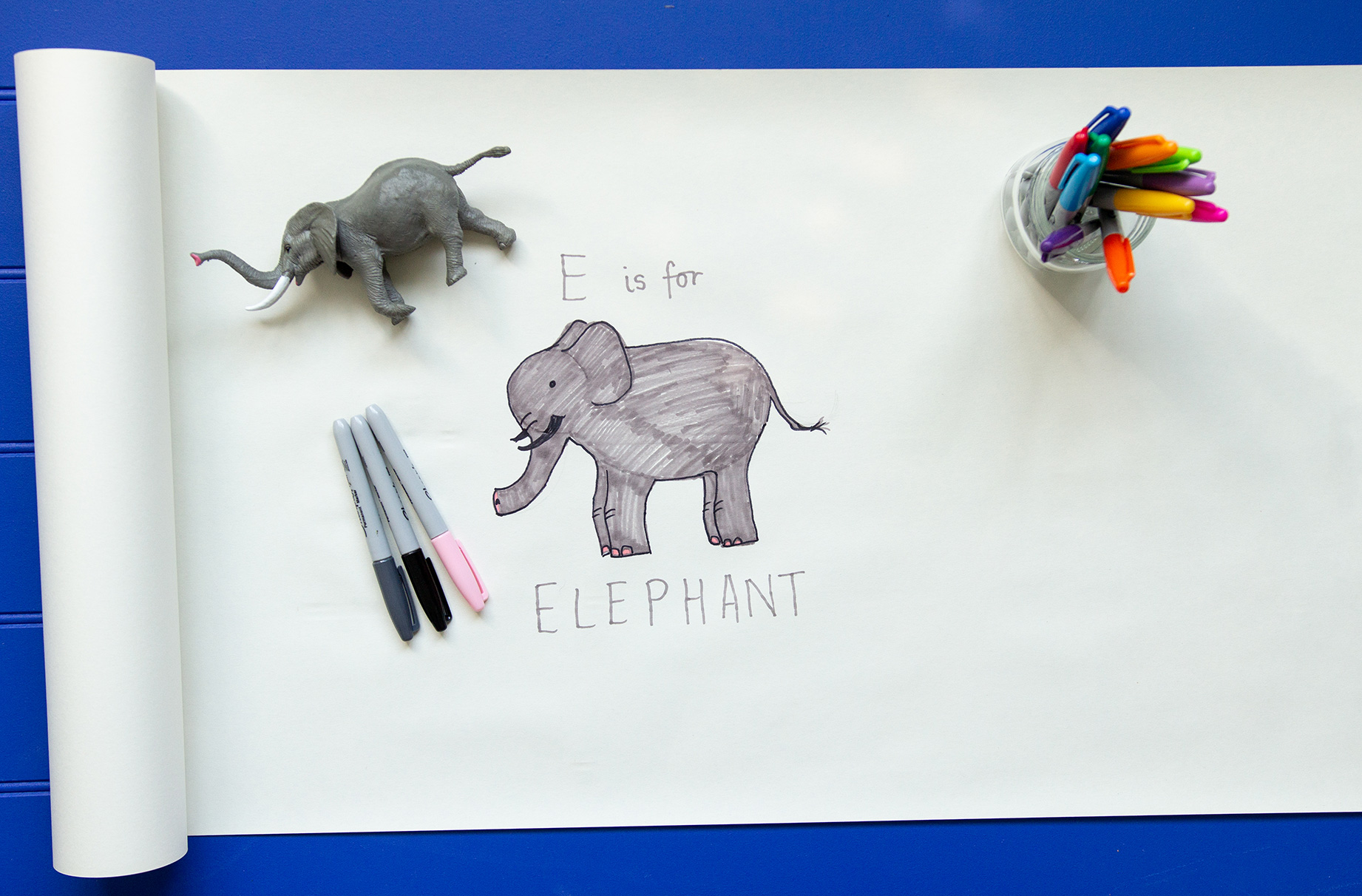 How to draw an elephant
How to draw an elephantDrawing an elephant is made easy for kids with just a couple of simple shapes
By Esme Clemo Published
-
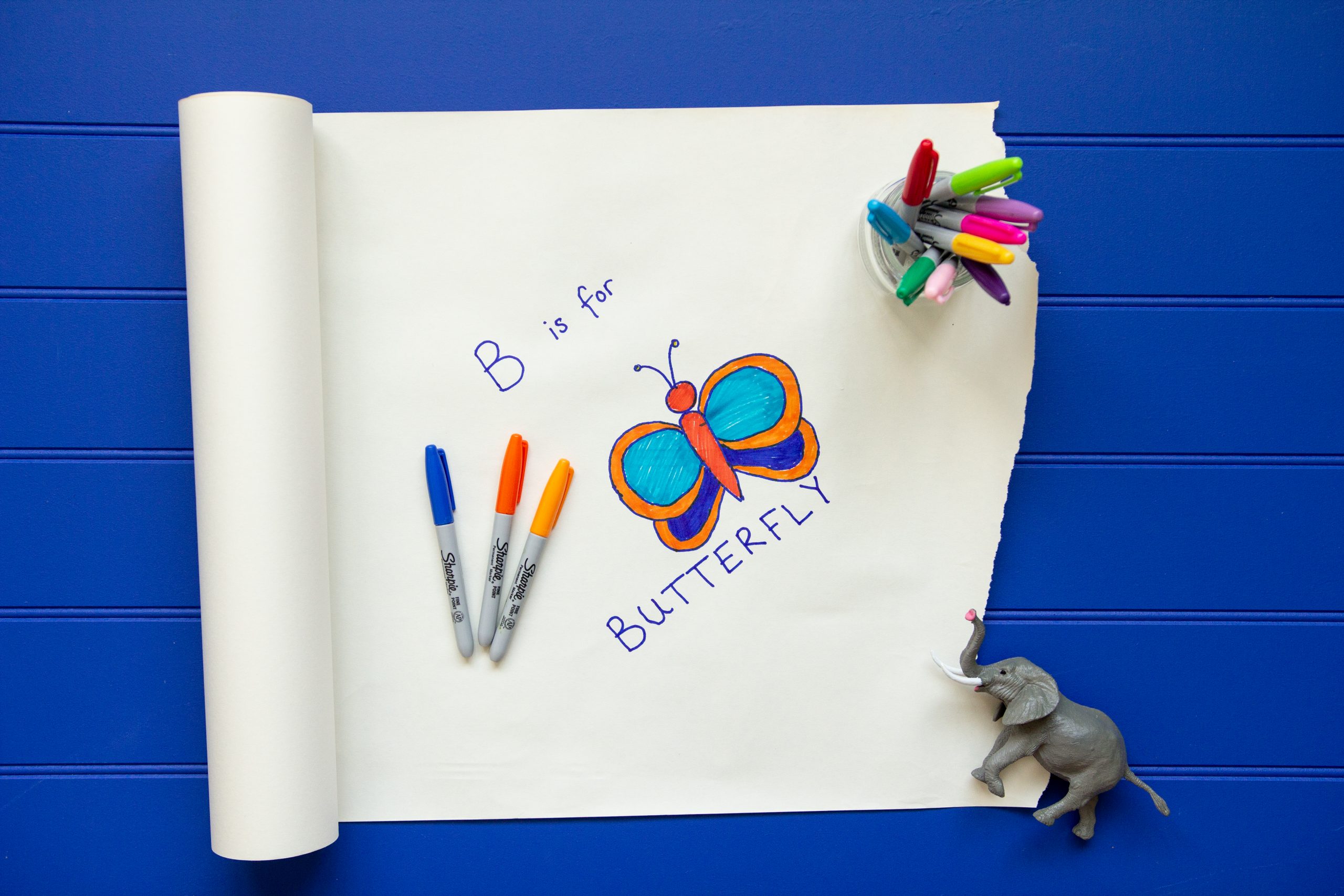 How to draw a butterfly
How to draw a butterflyUse these simple techniques to help kids to draw butterflies
By Esme Clemo Published
-
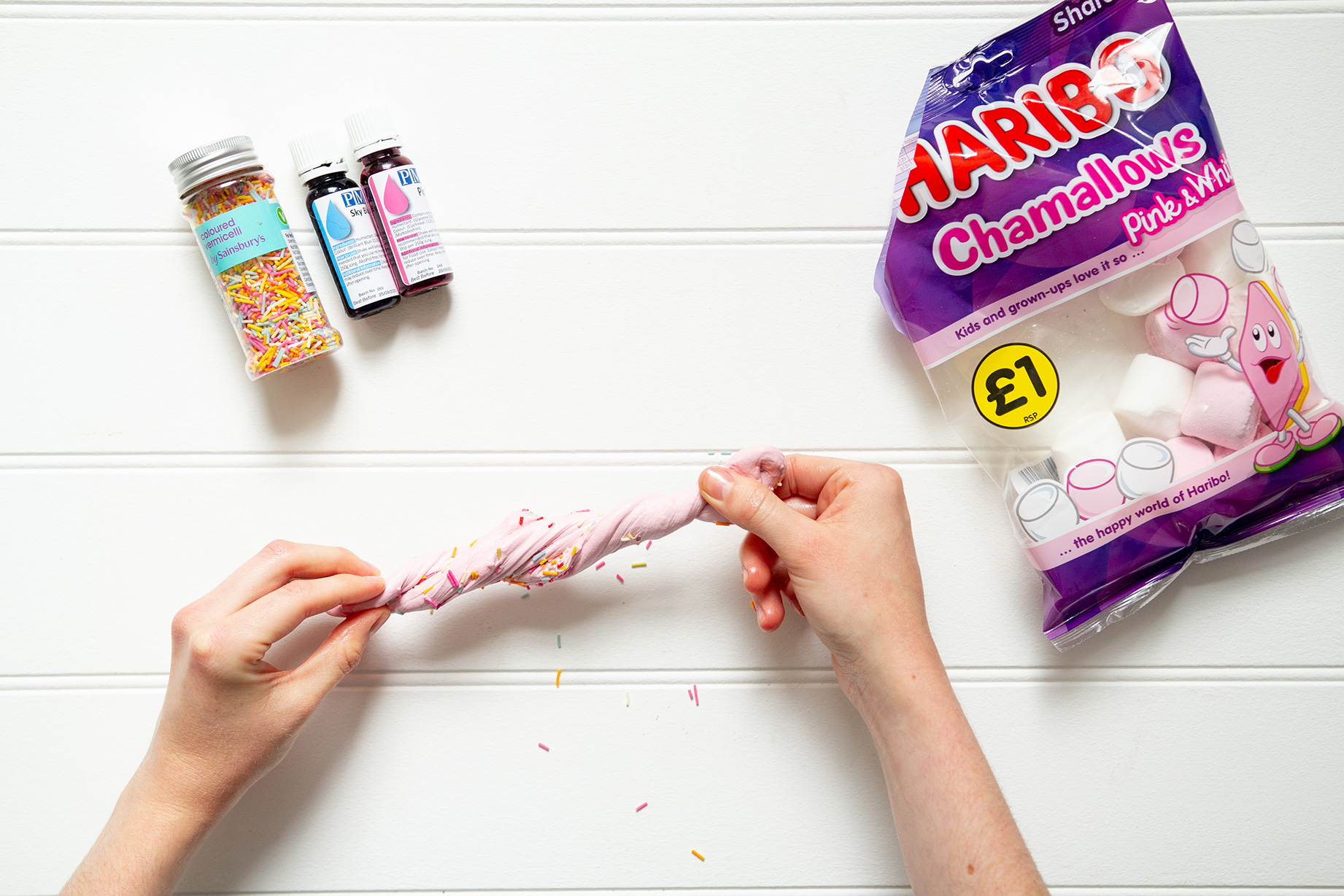 How to make edible slime
How to make edible slimeMix up a batch of this delicious edible slime that’s fun to play with and a treat to eat
By Esme Clemo Published